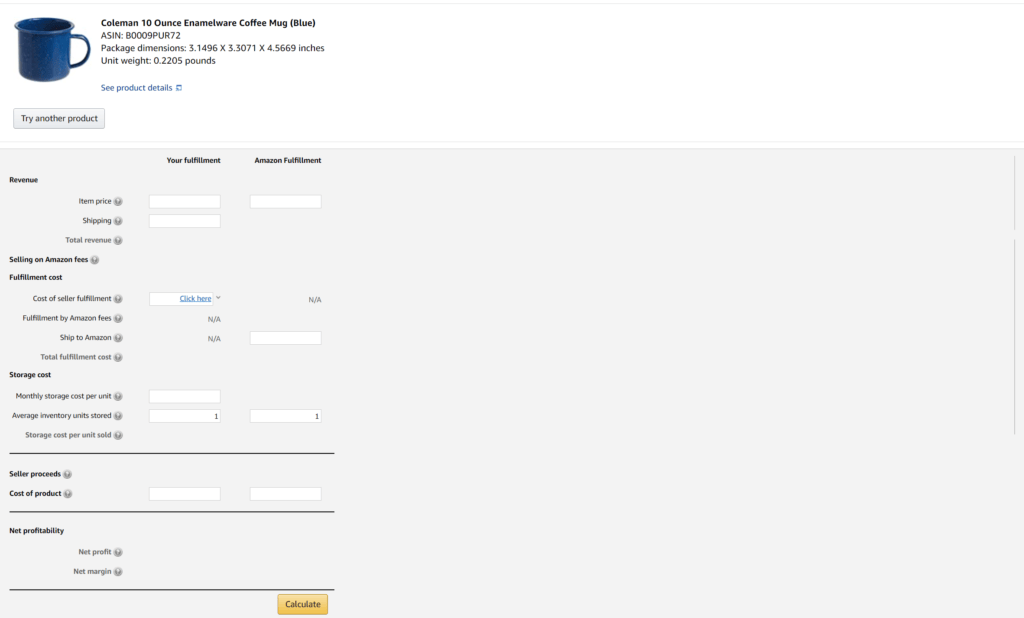
Amazon PPC ads are a proven way to boost brand visibility and sales on the platform. However, sellers must carefully weigh the balance between ad spend and profitability to maximize returns.
One way to achieve this is by setting a daily budget for your campaign. This will give you more flexibility with opportunities and better control over your ad performance.
Cost-per-click
When it comes to Amazon ppc advertising, cost-per-click is an important factor to consider. It’s a good way to determine how competitive your niche is and how much you can spend on ads without sacrificing profitability.
The cost-per-click associated with your Amazon ppc advertising depends on a number of factors, including the type of ads you use, the budget you set, and the specific bids you make. This means that your CPC will vary from keyword to keyword and niche to niche.
One of the most effective ways to maximize your ad spend is to set a daily budget for each campaign. This will ensure that you stay on budget and keep track of your performance.
Another good way to control your ad spend is to group your campaigns and target similar keywords. This will allow you to optimize your ACoS for each of them and TACoS overall.
The best way to start is by using the free Benchmarker tool to analyze your ad campaigns and compare them with other sellers on your marketplace. This will help you identify areas where you can improve your ad campaigns and boost your sales.
Cost-per-sale
PPC advertising can be a powerful way to boost your sales on Amazon. It is also a great way to get noticed by potential customers who are looking for similar products on the platform.
However, it’s important to remember that PPC advertising is not an overnight process and should be part of your ongoing marketing strategy. You need to regularly optimize your campaigns and tweak your ads to achieve the best results and increase ROI.
The cost of PPC advertising is often one of the most challenging aspects of Amazon ppc for new sellers. Many remain confused about the total costs associated with ad campaigns, which can affect profitability and lead to a lack of confidence in running them.
Luckily, there are tools available to help you calculate your ad cost and ACoS. These include PPC cost calculators and keyword bidding services.
Cost-per-lead
When it comes to advertising on Amazon, cost-per-lead can be a crucial metric. This is because it can indicate how well a PPC campaign converts leads into sales.
The cost-per-lead associated with an Amazon ppc advertising campaign can vary depending on several factors, including marketing goals, product categories, and ad targeting. It is also important to track this data regularly and make adjustments as necessary.
A solid ACoS (ad spend-to-ad revenue ratio) helps lower your costs and increase your ROI. It can help you maximize your budget and get better results from your Amazon ppc advertising campaigns.
When it comes to setting your daily Amazon ppc budget, you should consider various factors like marketing goals, product categories, ad targeting, and ad placement. This is because each of these variables can impact your budget and lead to different results.
Cost-per-install
Amazon ppc is a form of advertising where sellers bid for ad space on relevant keywords. The seller who has the highest bid wins the auction, and their product ad appears in the search results or on a product details page.
Amazon ads are a powerful marketing tool that helps sellers generate brand awareness, increase sales, and boost Amazon Store visits. The cost of a PPC campaign can vary depending on the goals and objectives set forth by the advertiser.
For example, an awareness goal may involve expanding the audience to help customers learn about a brand or product and keep it on their minds while they shop. This is why it’s important to establish a set of key metrics and goals before starting your ad campaign.
Once you have established a strategy, you can use the cost-per-install associated with your Amazon ppc advertising to make informed decisions about where to allocate your ad budget. The metric will allow you to understand how much it costs to acquire a new user for your application, which can give you an idea of its lifetime value.

